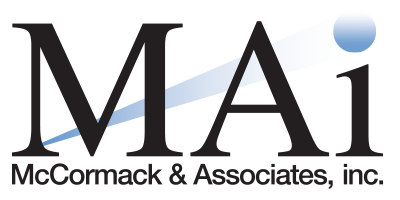Lending Compliance Services
Click on the lending compliance service below to learn more about that service.
The Consumer Lending annual audit is designed to determine whether an internal system exists to ensure compliance with the following: Truth in Lending (TIL) (Reg Z), Interest on Loans (Usury), Unfair and Deceptive Credit Practices (Reg AA) and Consumer Protection in Sales of Insurance (Regulation H, Subpart H). The procedures also test the accuracy and adequacy of the compliance system.
The Consumer Lending semi-annual audit is designed to ensure compliance with Consumer Lending regulations.
The Escrow audit is designed to ensure that the bank has established proper procedures and controls on behalf of the borrower to pay taxes, insurance premiums (including flood insurance), or other charges with respect to a federally related mortgage loan.
The Fair Lending annual audit is designed to determine whether an adequate internal system to ensure compliance with the Equal Credit Opportunity Act, Fair Housing Act and Fair Credit Reporting Act is in place.
The Fair Lending semi-annual audit is designed to ensure that Adverse Action Notices are being properly completed and sent in a timely manner as required by law.
The Fair Lending Risk Assessment is designed to evaluate the banks internal system and to assign a level of risk associated with the fair lending program of the bank. The assessment will assess the volume of lending, types of products offered, policy requirements, marketing, current lending practices, complaints received, and internal controls. The assessment will assist the bank in establishing an appropriate audit program according to risk.
The HMDA audit is designed to determine if there is an internal system to ensure compliance with HMDA and to test its accuracy and adequacy.
The HMDA semi-annual audit is designed to determine if there is an internal system to ensure compliance with HMDA and to test its accuracy and adequacy.
The HMDA Scrub is designed to review the Home Mortgage Disclosure Act (HMDA) Loan Application Register (LAR) and compare it to the loan source documents for accuracy.
The Lending Insurance and Appraisal annual audit is designed to determine whether an internal system exists to ensure compliance with the following: Flood Disaster Protection Act (Flood), Appraisal Regulations (FIRREA), Real Estate Settlement Procedures Act (RESPA Section 1024.37). The procedures also test the accuracy and adequacy of the compliance system.
The Lending Insurance and Appraisal semi-annual audit is designed to determine whether an internal system exists to ensure compliance with the following: Flood Disaster Protection Act (Flood), Appraisal Regulations (FIRREA). The procedures also test the accuracy and adequacy of the compliance system.
The Real Estate Lending annual audit is designed to determine whether an internal system exists to ensure compliance with the following and to test the accuracy and adequacy of the compliance system: Real Estate Settlement Procedures Act (RESPA), Flood Disaster Protection Act (Flood – Determination), Regulation Z – HPML, HHCML, ATR, QM, Rescission and Loan Originator requirements.
The Real Estate Lending SA audit is designed to ensure information required by real estate lending regulations is maintained in the loan files and appropriate use of disclosures.
The Regulation O audit is designed to verify that a system is in place to identify Regulation O insiders and properly report loans as required by the regulation.
The SAFE Act audit (Secure and Fair Enforcement for Mortgage Licensing Act of 2008) is designed to determine whether the financial institution has adopted written policies and procedures designed to ensure compliance with the SAFE Act regulation, as required by Regulation G, 12 CFR 1007, and Regulation Z, 12 CFR 1026.
The objective of the SCRA (Servicemembers Civil Relief Act) audit is to verify that the bank has appropriate procedures in place to ensure compliance with the SCRA, and to determine the reliance that can be placed on the institution’s internal controls and procedures for monitoring the institution’s compliance with the regulation.
